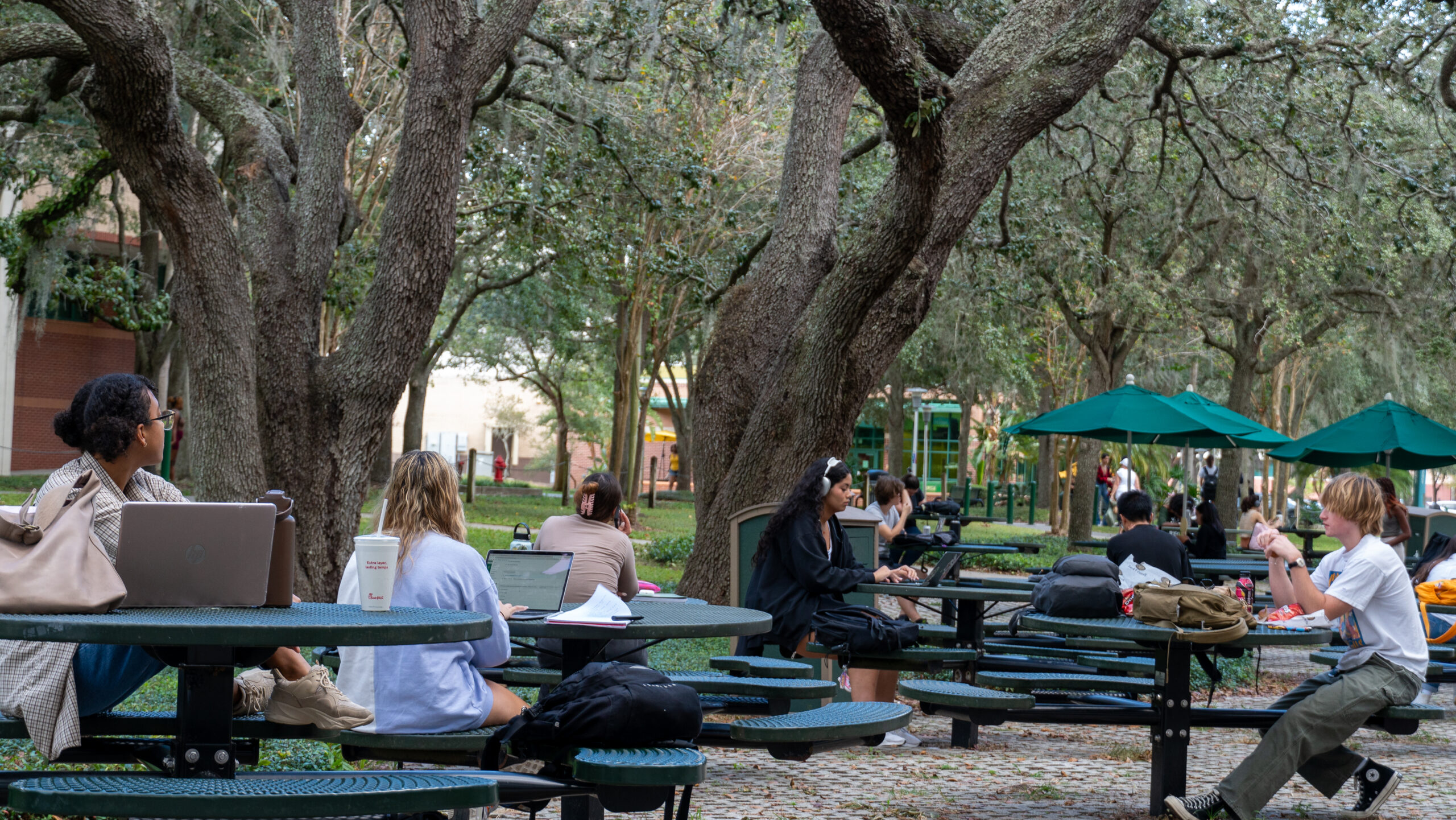OPINION: Want to increase Black enrollment? Let’s fix K-12 education.

USF’s Black enrollment has decreased by 0.9% since 2020. Many students are questioning USF’s desire to address this decline.
“The decrease in Black student enrollment is unfortunate because it gives people of other groups an advantage,” Feyi Ogbeibu, senior accounting major, said in an Oct. 25 article by The Oracle.
“It makes them feel like they can say or behave differently toward us because we become the minority.”
If students are passionate about increasing Black enrollment at universities, they need to direct that passion where it can actually make change: local government school board meetings.
There, students should advocate for better K-12 education in low-income areas. By having a higher quality education, students are more equipped to be accepted into universities.
If students want to advocate for better quality education at board meetings, Hillsborough County hosts meetings from 4-6 p.m. every Tuesday.
In the 2022-23 school year, 3,995 USF students were Black out of 43,914 non-international students. They represented 9.1% of the student body population.
A university spokesperson stated USF is continuing to develop new ways to enroll and graduate students of color.
Educational funding comes from local taxes. However, that’s not enough to provide low-income schools the money they need. Students need to advocate for new legislation that would require the state government to distribute funds based on the K-12 student population. This way, money is distributed based on the quantity of children instead of the wealth of the neighborhood.
Black Americans and Hispanics with less education are more likely to fall out of the middle class. Poverty rates heavily impact Black Americans, with 17.1% living below the poverty line compared to 8.6% of white Americans.
Living in low-income areas affects the type of education they receive.
Low-income areas also receive lower-quality education due to the lack of money coming from local funds. Educational finances help provide more educated teachers, educational materials and advanced placement courses.
Local funding is not enough to support low-income schools. High-poverty districts spend 30% less than what is needed to provide an adequate education for students.
Without quality K-12 education, students will not be taught the skills to meet admission standards in higher education, which determine whether an applicant will succeed at a college level.
A university mainly looks at a student’s overall high school GPA and test scores when considering them for admissions. USF looks for an average 4.10-4.59 GPA and 1250-1390 SAT score in its admissions process.
These numerical indicators are reliable standards that help show a student’s hard work, self-discipline and consistency. Students from low-income schools tend to have lower test scores mainly due to a lack of funding to supply them with resources that set them up for success.
While universities should focus on achievement, diversity is still important for the academic process. A lack of diversity makes students uncomfortable sharing their opinions on campus.
“If you feel uncomfortable because you’re the only Black student in the room, you won’t want to stay. You will leave, but somebody else who comes after you will have the same problem, which will start a loop process,” Gabrielle Whyte, junior humanities and cultural studies major, said in an Oct. 25 article.
Instead, students need to advocate for more educational funding in lower economic areas so K-12 students can receive higher-quality education. If students receive higher-quality education, it will better equip them to impress admissions staff.
Students need to help amplify these voices by advocating to fix the real problems with enrollment.






